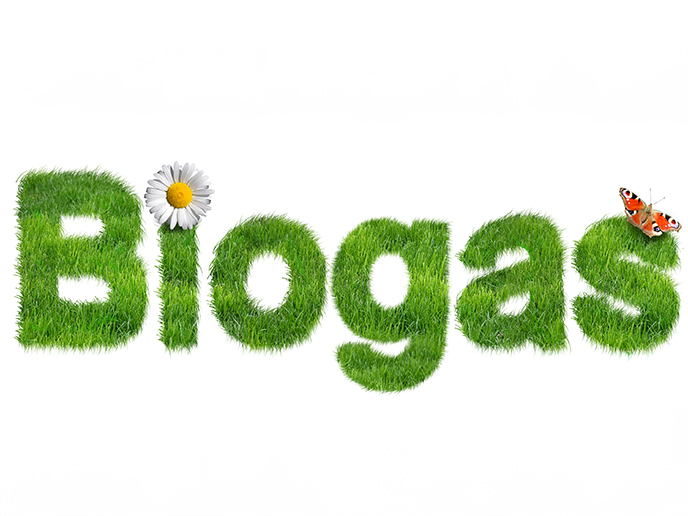Magnesium coatings for sustainable production
Corrosion attack on magnesium parts is one of the key problems that industries need to solve, particularly the automotive and aerospace. The majority of commercially available, 'clean', chromate-free conversion treatments for magnesium alloys are potentially expensive. In order for European industries to keep pace with global developments combined effort is required for the development of advanced coatings and coating techniques. Motivated by this the NANOMAG project partners joined forces in order to realise innovative nanocomposite coatings for magnesium castings protection. The novel, corrosion and abrasion resistant coatings have been developed using 'clean', environmentally friendly and economic processes. Four different processes were employed, namely Plasma-Enhanced Chemical Vapour Deposition (PECVD), Plasma-Assisted Physical Vapour Deposition (PAPVD), Sol-Gel technology and keronite-process. The use of these inexpensive, eco-friendly corrosion resistance coatings on magnesium components can promote the use of magnesium in automotive and aerospace applications. Several benefits are involved - for instance their use in transport offers safety, comfort and drivability enhancements as well as noise reductions. In particular, the substitution of aluminium by magnesium in compressor and engine critical components such as pistons can offer improved fuel consumption, energy saving and emissions reductions. In order to display these advantages the technological research centre Fundación Tekniker in Spain conducted a comprehensive life cycle analysis of the low friction coatings. More specifically, coated magnesium such as keronite or PAPVD was compared against its aluminium counterpart as used in pistons. The environmental impact of the use of the coated magnesium was evident. A testing device for the piston-gudgeon pin and the piston-cylinder liner contacts was also developed to offer easy comparison of the properties of the coated magnesium to aluminium materials.







